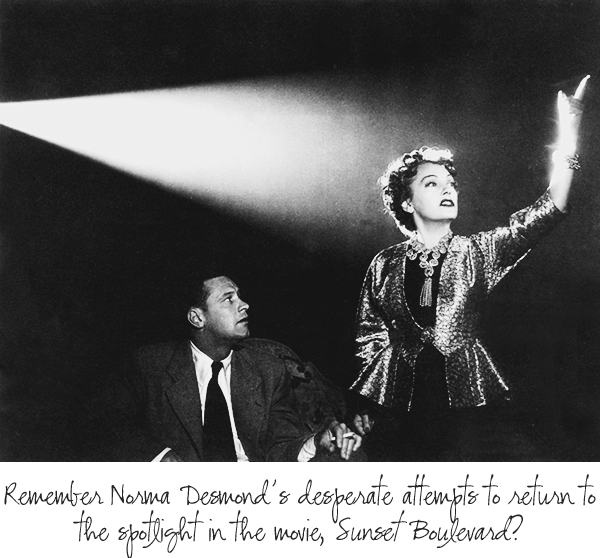Joan Didion Is NOT My Icon For Aging Women!

That’s the famous writer, Joan Didion,
in the Céline ad.
She’s 80, and Céline has lately decided it’s cool to “celebrate” age. So they’ve chosen a “model” who they believe suits their “understated look.” (BTW, those are fashion buzzwords usually synonymous with over-the-top expensive.)
My cool 33-year-old daughter thinks Joan looks “totally chic,” as does FabOverFifty’s cool 25-year-old art director. As a matter of fact, so does my stylish FOFriend, Marla Ginsburg, who is the hottest fashion designer on HSN right now.
Call me vain (don’t become more disagreeable than that, please). I’m just not into that kind of “chic,” at 67, and I don’t want to look that kind of “chic” if I live to be 80. Although Joan’s writing is certainly inspirational, I don’t find her wispy thin hair, jowls and turkey neck especially inspirational, chic or cool, even if they are accessorized by trendy big black sunglasses, an oversized pendant, and a simple black (undoubtedly $4,000) sweater.  I’m also not a fan of the anorexic look at Joan’s age. (One fashion writer called her “cigarette thin.”)
I’m also not a fan of the anorexic look at Joan’s age. (One fashion writer called her “cigarette thin.”)
I know many women would think Joan is growing old “gracefully.” I’m not sure what that means. Does that make you unrefined, uncouth, unsophisticated, graceless, and unattractive if you color your hair, buy a wig, have your jowls eliminated, wear makeup, and shoot your wrinkled forehead with Botox?
Please don’t misunderstand me. If Joan Didion doesn’t mind showing off her crepey neck, good for her. Katherine Hepburn hated her neck but didn’t want plastic surgery, so she covered it with lovely scarves and high-necked sweaters, and I think she looked gorgeous, at 40 and at 80.
I think pretentiousness is the only thing the Céline campaign “celebrates,” something at which
the fashion industry excels.
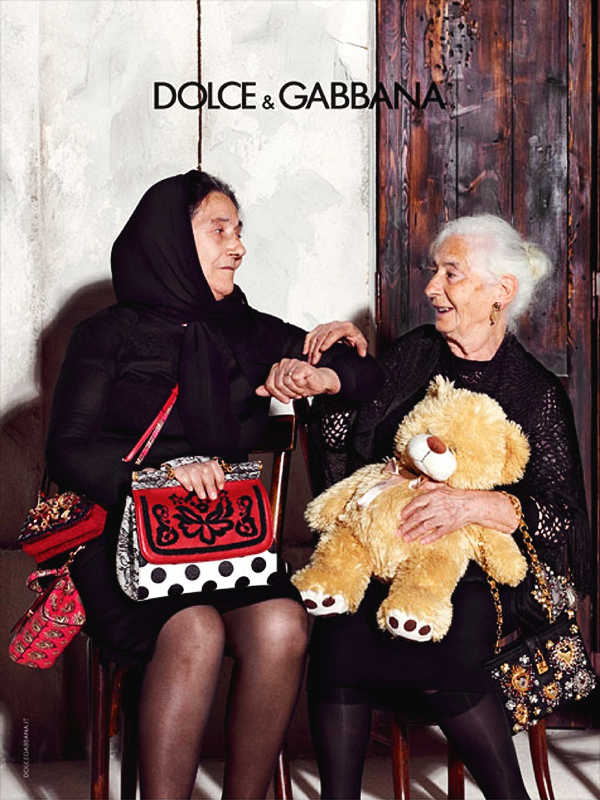
The last ad, from American Apparel (below), gets it right, as far as I’m concerned. Sixty-year-old with a great body modeling underwear.
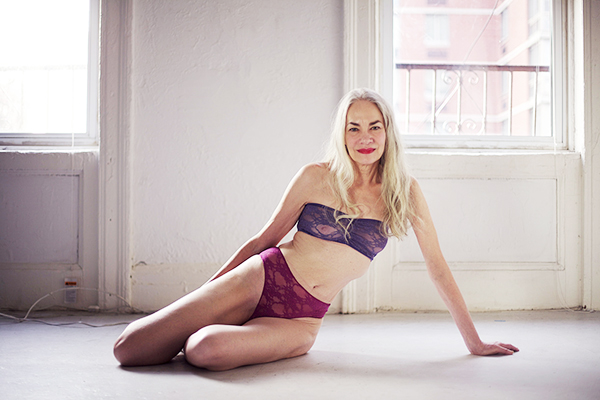
I would not want to see a 60-year-old with a
jiggly stomach modeling panties. So why do I want to see an 80-year-old with jiggly jowls modeling eyeglasses and a pendant?
Then again, you don’t need to care what you look like when your eyeglasses cover your entire face.


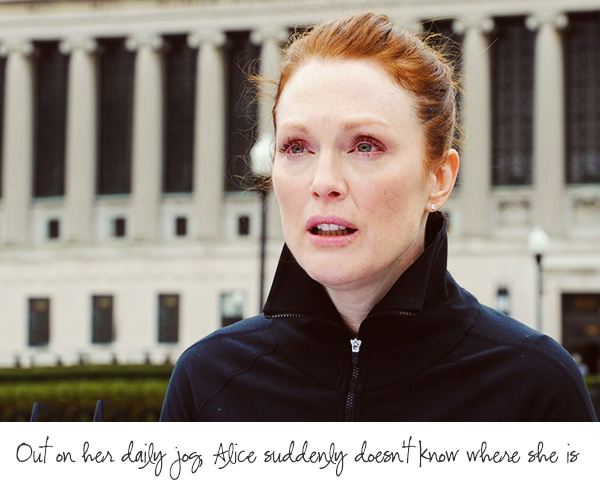
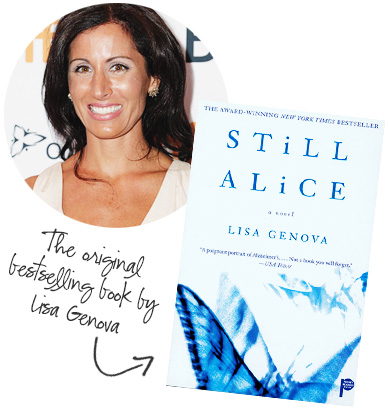

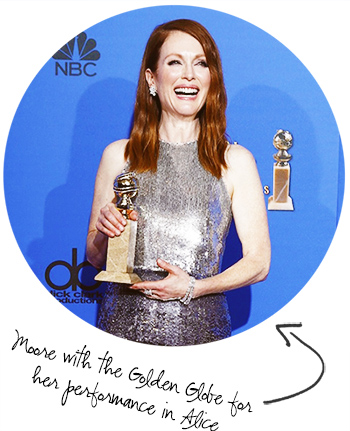 “had a hell of a time coping with the disease,” Julianne said. “One of the reasons I connected with her is that she has red hair—we look very similar.”
“had a hell of a time coping with the disease,” Julianne said. “One of the reasons I connected with her is that she has red hair—we look very similar.”
